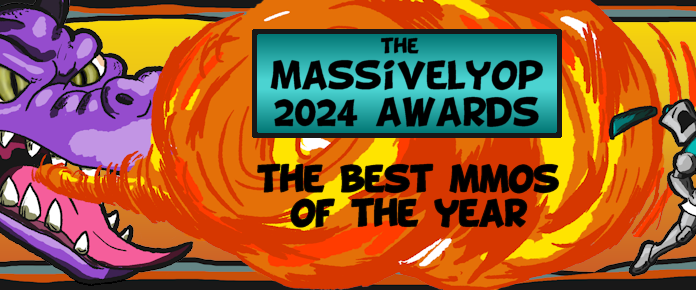
If last week’s “games as a service” conversation piqued your interest, hop on over to Raph Koster’s blog. The veteran MMORPG designer has a new piece up on retention specifically – you know, that thing non-MMO companies obsessing over “games as a service” keep forgetting they’re gonna need to make that viable as a strategy for more than a minute.
“There is no ongoing service without retention,” he notes. “This is why some game genres work better than others as services. If you can figure out how a given genre can retain, then you can make it work for GaaS. Whether or not it works for F2P is a separate, secondary question. And a lot of game types are built to be consumable, snackable, or played very intermittently. By their nature, they will work poorly as the sole anchor for a service (they might work great in the context for a service that has multiple offerings).”
Then Koster provides a literal list of the key mechanics (and their pros and cons) to drive retention in online games: a steady content trickle, “persistent profile investment” (think: achievement scores), in-world investment (like housing), social connections, economy, depth, PvP competition, creative tools, ongoing storylines, and emergent play.
“Once you have retention, you can worry about how to make money,” Koster concludes. “If you can’t make money from a userbase that has decided to make your game into a lifestyle choice, well, you’re not trying. Again, it doesn’t imply a particular business model: a service-based game is not a dirty word, doesn’t mandate constant moneygrubbing, doesn’t mean it has to be free to play. It just means that you the developer and you the player are in it for the long haul.”
We’re barely skimming the surface here; go read the whole piece over on Koster’s blog.
New blog post: What drives retention. A handy list of approaches for any game-as-a-service. https://t.co/FVoRNsfXmO pic.twitter.com/ULleT7Mna4
— Raph Koster (@raphkoster) January 30, 2019













